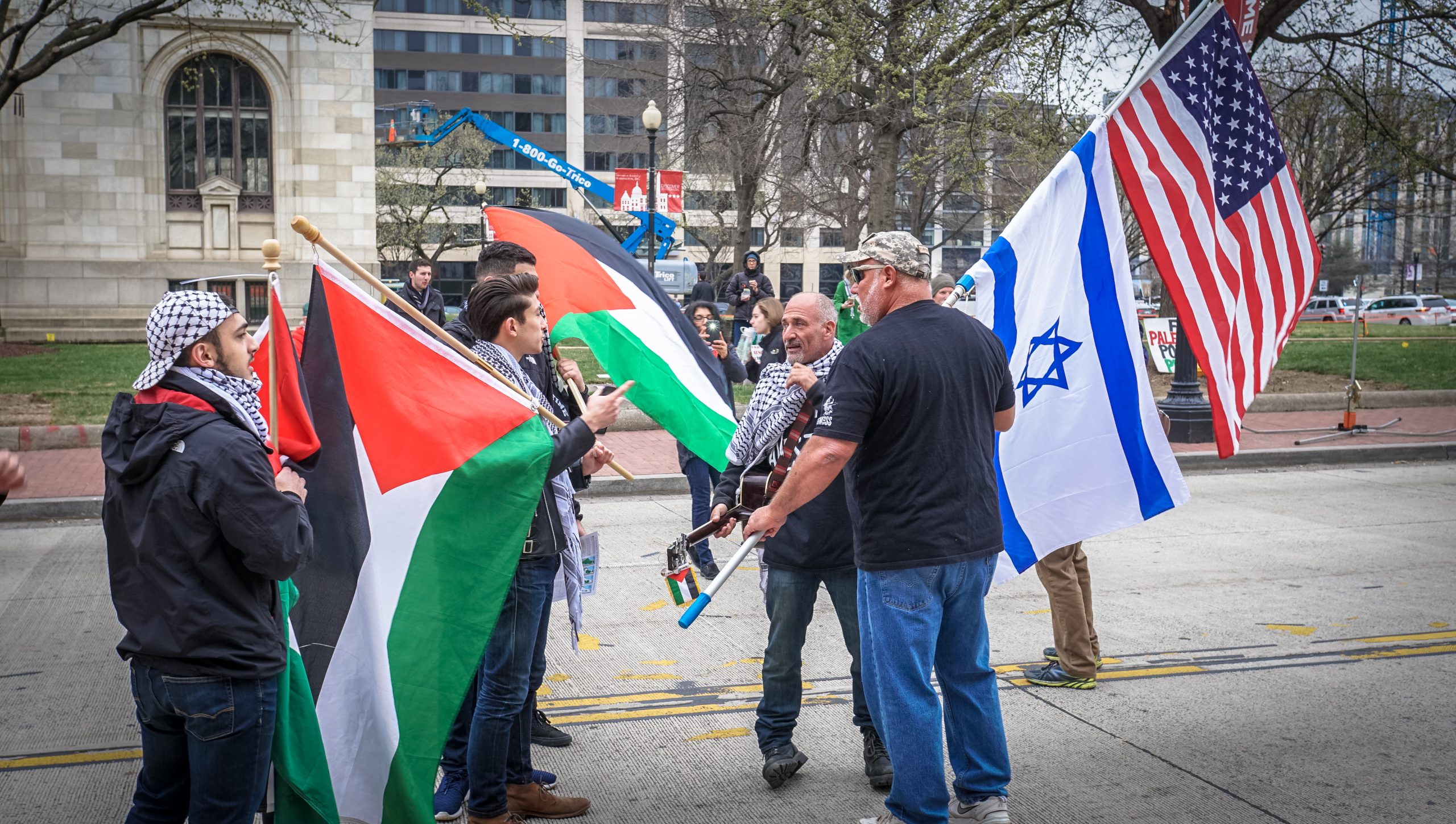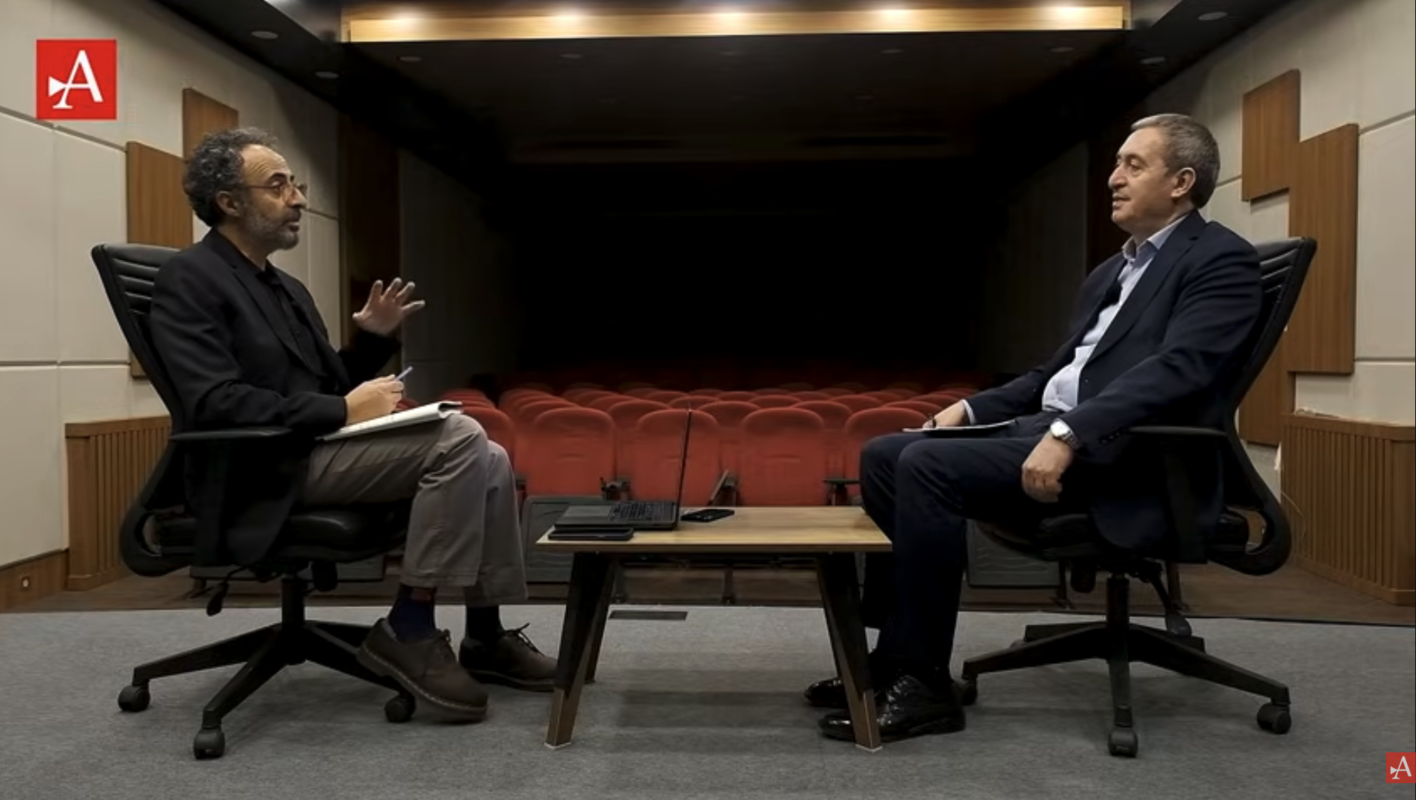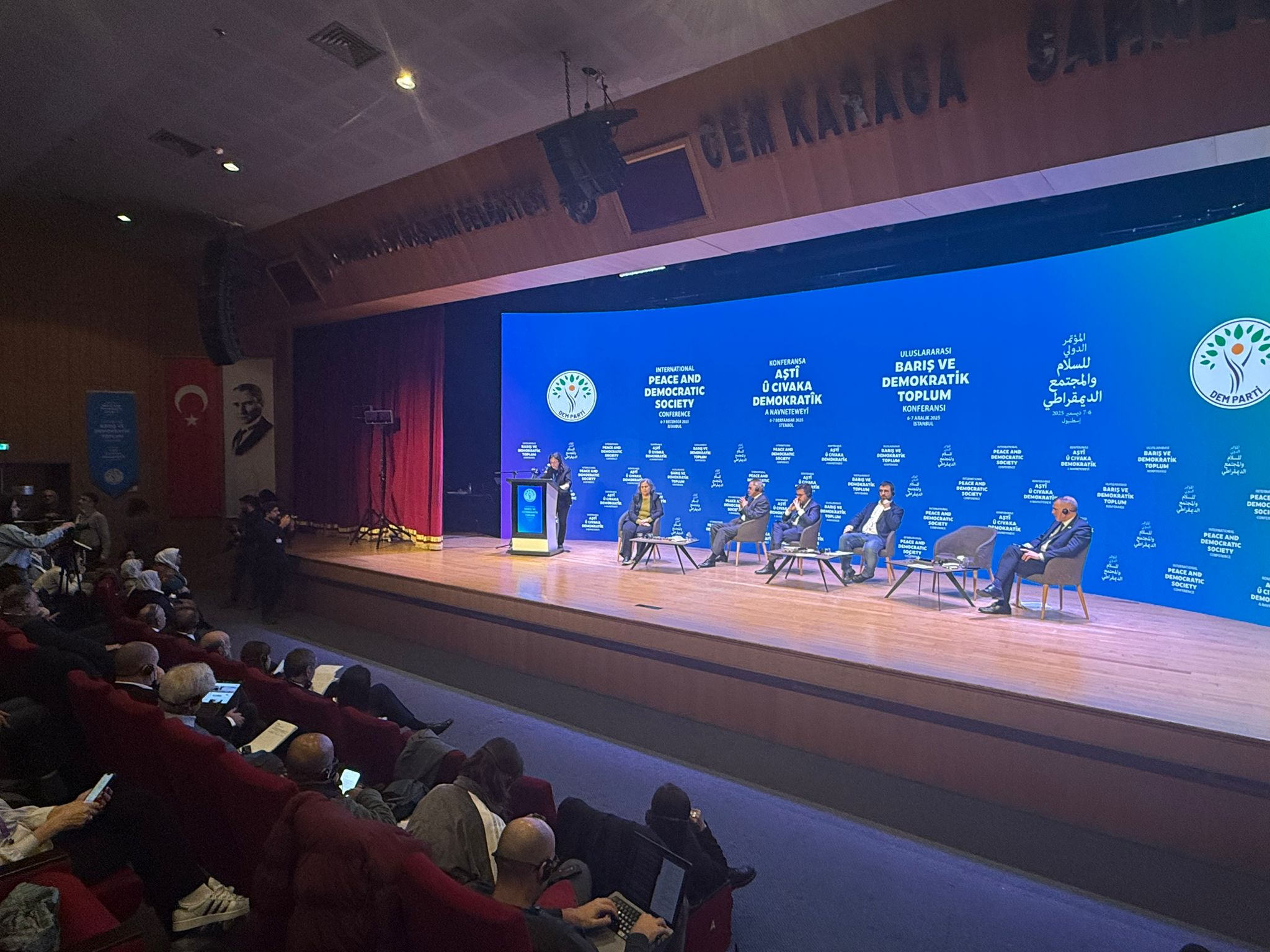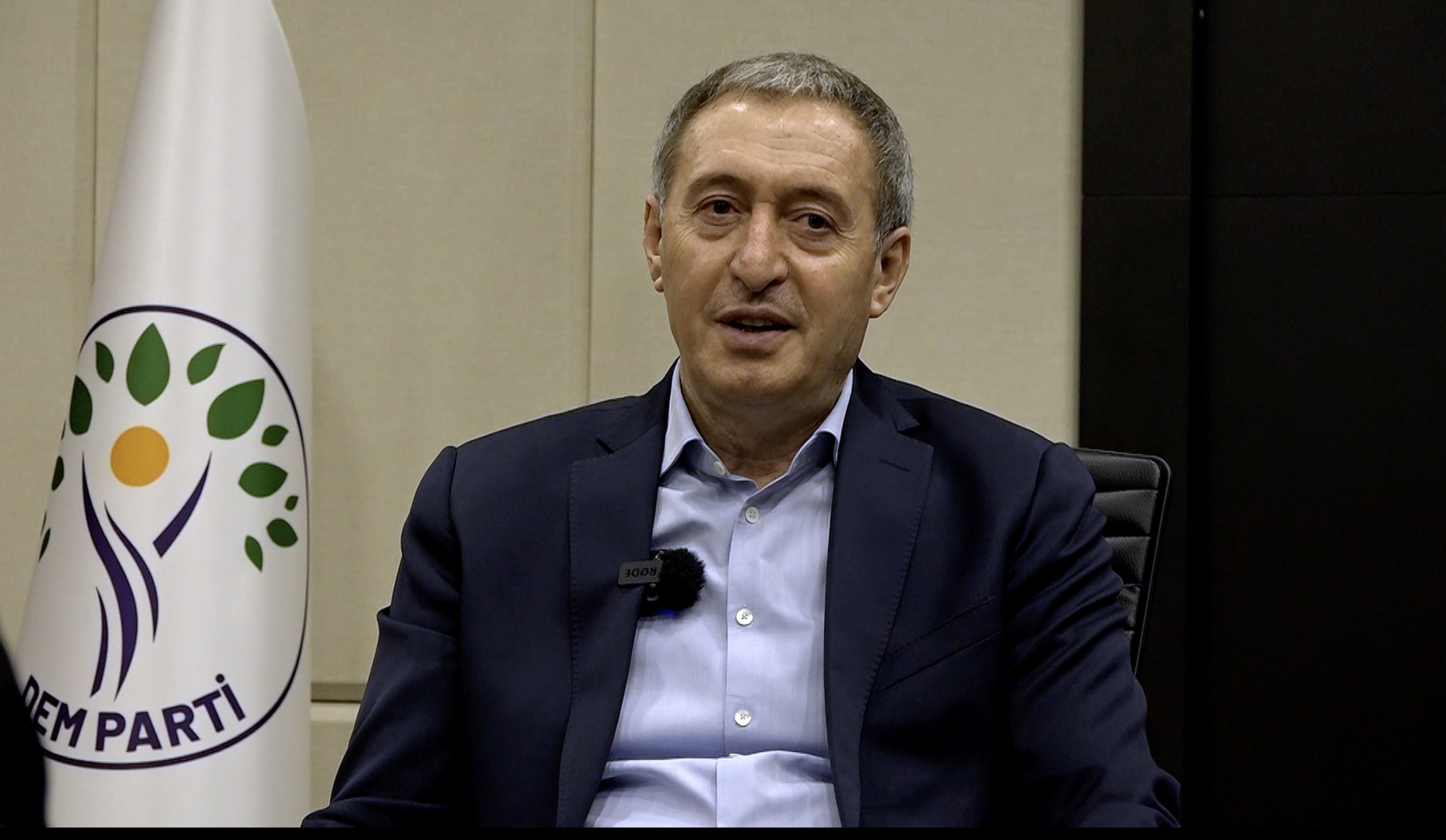Trump’s “Peace Deal” Risks Freezing the Conflict, Not Ending It
A fragile ceasefire dressed as a peace deal. Trump’s 20-point plan for Gaza establishes an American-Israeli protectorate with no real path to Palestinian self-determination, says Erwin van Veen.
Two years after the October 7 attacks that killed more than 1,200 Israelis and led to the taking of 251 hostages, Gaza lies in ruins. More than 67,000 Palestinians have been killed and 170,000 wounded — nearly ten percent of the enclave’s population.
Against this backdrop, U.S. President Donald Trump stunned the world on October 13 by convening regional and global leaders in Sharm el-Sheikh to unveil what he called a “comprehensive peace deal” for Gaza. In his address to the Israeli Knesset, Trump hailed it as “a historic dawn of a new Middle East.” Israeli Prime Minister Benjamin Netanyahu echoed the sentiment: “The past two years have been years of war; now the years of peace have come.”
The announcement was met with cautious optimism across capitals. More than 30 nations endorsed the deal, including both Israel and the Palestinians. Yet less than 24 hours later, reports emerged that Israeli forces had killed nine Palestinians attempting to return to their homes in Gaza — a reminder that, despite the rhetoric, the violence had not stopped.
“What came out of Sharm el-Sheikh is essentially a ceasefire,” he said. “It’s not comprehensive, it’s got nothing to do with peace, and it’s certainly not a plan.”
Erwin van Veen, a senior research fellow at the Clingendael Institute’s Conflict Research Unit, says that’s because what Trump presented in Sharm el-Sheikh is not a peace deal at all. “What came out of Sharm el-Sheikh is essentially a ceasefire,” he said. “It’s not comprehensive, it’s got nothing to do with peace, and it’s certainly not a plan.”
Still, van Veen acknowledged that even a pause in fighting is “extremely welcome” after months of devastation. The problem, he warned, is durability. “It’s very unclear how long it will last,” he said, noting that Israel continues to block humanitarian aid and “refuses to negotiate about phase two.” The ceasefire’s survival, he argued, “will depend on whether President Trump… really throws his personal weight behind this ceasefire agreement. But we know that consistency of engagement… is not exactly the main strong point of the White House these days.”
If the ceasefire represents the first step of Trump’s 20-point plan, the next steps reveal something far more controversial. Van Veen described the broader proposal as “a kind of neocolonial protectorate,” an “American-Israeli caretaker administration sprinkled with a number of Palestinians for good measure to make it look more legit.” Economically, he said, the plan “reads a little bit like a mix between a free trade zone and a real estate deal.”
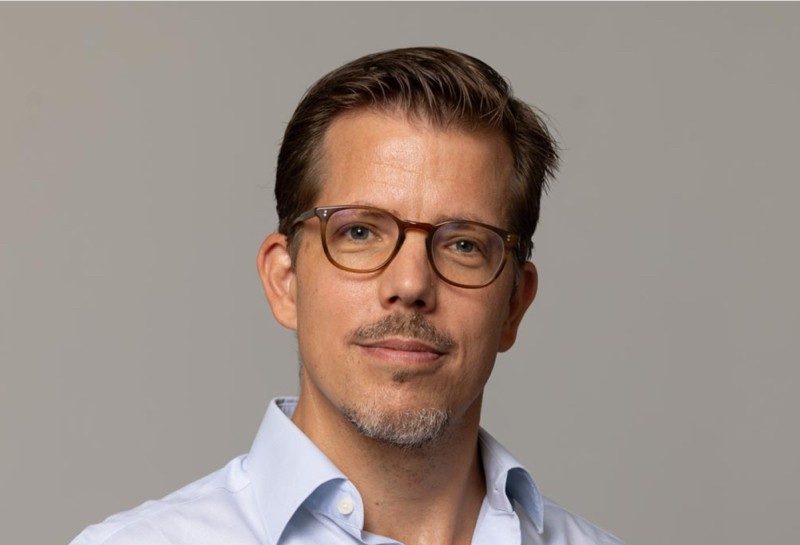
At its core, the plan demands that Hamas disarm and “deradicalize”. Van Veen dismisses this demand as detached from reality. “I don’t know any resistance movement that has ever agreed to be disarmed before their independence struggle has been either defeated or succeeded,” he said.
“It reads to me as an American-dominated effort to basically establish some sort of, at least temporary, protectorate over Gaza without a UN stamp of approval.”
A key feature of the proposal is the creation of a technocratic transitional government under international supervision. But van Veen sees it differently. “It doesn’t read to me as technocratic,” he said. “It reads to me as an American-dominated effort to basically establish some sort of, at least temporary, protectorate over Gaza without a UN stamp of approval.”
The mention of former British Prime Minister Tony Blair as a potential figure in this process, van Veen added, only reinforces mistrust. “It would require somebody from the Arab world to be in charge, not some Western guy from a country that invaded another Arab country.”
Beyond the structure of the plan, van Veen sees little political will, particularly from Israel, to make peace real. He dismissed Netanyahu’s claim that “now it’s time for peace,” pointing out that the Israeli leader “is basically a fugitive of international justice,” facing corruption charges at home and an international arrest warrant.
Even without Netanyahu, van Veen said, the political landscape in Israel makes a two-state solution nearly impossible. “The plan will not lead to a two-state solution, certainly not under the current Israeli government,” he said. “There won’t be a Palestinian state in his lifetime,” Netanyahu has declared — a sentiment, van Veen noted, “echoed among sort of 95% of the Israeli political spectrum.”
That leaves only one path toward genuine peace: leverage. “The cost for the rest of Israeli society needs to become too high in order to avoid them to proceed,” van Veen argued. Real change, he said, will depend on “significant and material costs” imposed by external actors such as the United Nations, from regional powers, and from what he called “a coalition of willing states.” Without enforcement, he warned, “there is nothing in this agreement that may enforce whatever stipulations will be agreed upon.”
For now, van Veen believes the Sharm el-Sheikh deal is less a breakthrough than a holding pattern. “The underlying political fundamentals have not changed for a single bit,” he said. “The good thing we have is simply a ceasefire.”
Until those fundamentals shift — recognition of Palestinian self-determination, accountability for alleged war crimes, and an enforceable political framework — the so-called “peace deal” may do little more than freeze the conflict where it stands.
Sham Jaff
Sham Jaff is editor at The Amargi. Jaff is a freelance journalist, based in Berlin, and writes the weekly newsletter “what happened last week”, centering underrepresented perspectives from Asia, Africa and the Americas.

